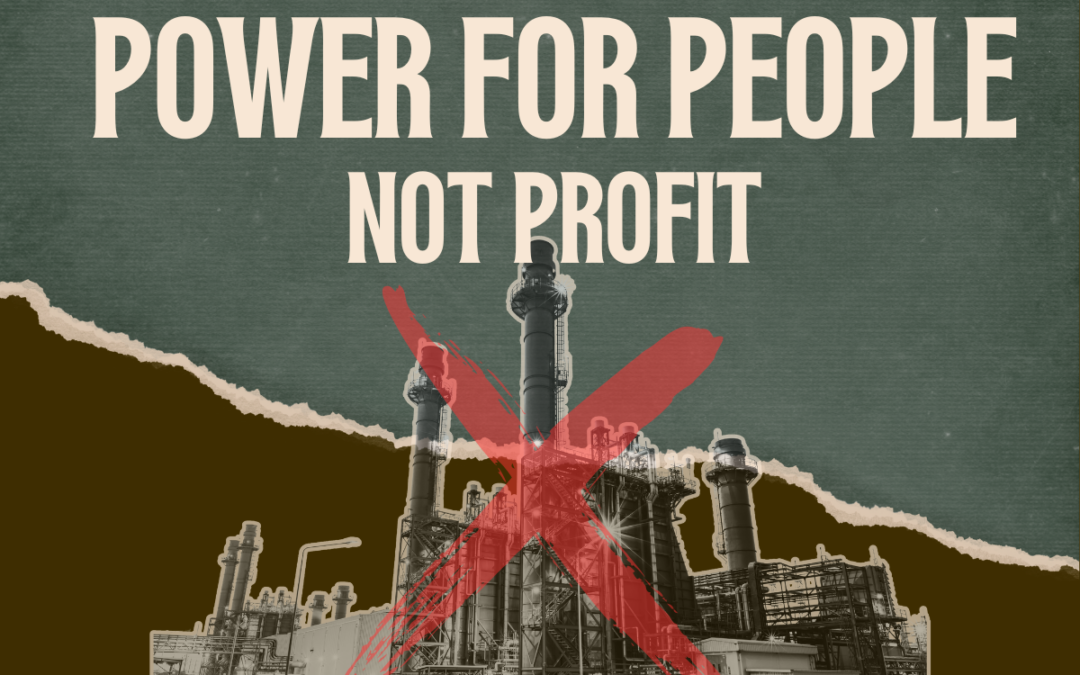Sparking a Conversation about Kansas Solar
by Sage Ezell
Solar Education Week is a partnership effort by leading clean energy organizations to engage individuals across the country to organize and participate in solar events and spark conversations about solar. CEP is promoting solar education by sharing this Kansas Solar blog written by one of CEP’s fantastic volunteers, Sage Ezell.
Kansas Solarby Sage Ezell
Our ability to convert sunlight into energy efficiently and to store and use this energy is expanding. Local and national trends point to rapidly increasing numbers in the workforce within the growing solar industry.
As of 2018 Kansas had around 900 jobs available in the solar industry. A majority of these jobs, 627, are in installation, with the other major contributors to the total in manufacturing, wholesale or distribution, operations and maintenance. When I look at the number 896 I think: this such a small number compared to other industries. However, in looking at the solar industry as a whole it becomes easier to see the bigger picture, which shows there is vast room to grow in solar energy.
Kansas saw over 20% growth in solar jobs in 2018, with an additional 3% projected for 2019. Kansas saw over 20% growth in solar jobs in 2018, with an additional 3% projected for 2019. Overall solar installation in Kansas is down from 2017. In 2018 Kansas installed 8MW while MO installed 35.8 MW. There are almost 50 solar companies in Kansas, including manufacturers, installers and various others. This growth and the number of companies must also be understood in the context of our solar capacity as a state. We have only just begun to use the available solar energy that shines on Kansas.
Kansas ranks 47th in the nation for solar development and less than 1% of our total electricity production comes from solar. Despite this limited development and production, this is still enough solar to power 4,103 homes! Our annual generation potential for solar of state total electricity sales is 40%.

The solar potential in some areas of western Kansas is comparable to that of California- the leading state in solar production. That means we could increase our solar electricity sales by 39%. Kansas has almost 900 jobs and 50 companies with only 1% of our electricity coming from solar. A study comparing installed capacity of solar vs. generation potential of solar – what we could potentially produce using existing solar panels vs. what we could produce if we maximized potential – shows that currently we have an installed capacity of 12.5 gigawatt hours and a generation potential of 16,600 gigawatt hours . Our current solar systems capacity is almost 0% of our potential energy generation. There is so much room for growth in energy production here- which of course would produce more jobs, companies, and low cost, low emission energy.
This is not to say that the current workforce and companies in the solar industry in Kansas are failing to work at their full capacity. While other states in the Midwest and nationally have taken steps to increase solar production, Kansas has made minimal or negative moves on the solar incentive front. Some steps taken towards incentivizing solar, such as tax credits and property tax exemptions, are burdened by the recently added economic disincentive of a demand charge.
National solar trends reflect higher numbers and percentage growths in solar, aided by states that are committed to increasing solar development and production. In 2016, more people were employed by the solar industry than by coal, gas and oil industries combined. In 2013, the solar industry grew by 41%, and the number of people employed in solar energy production alone increased by 20%. Veterans are employed in the solar industry at higher-than average-rates, and are expected continue to grow, and over a quarter of a million people in rural areas in the Midwest are employed by clean energy. The U.S. electric power sector plans to increase solar capacity by 32% by the end of 2020.
We are seeing growth in solar on the national scene as well as in our neighboring states; Kansas is in an exciting place to take advantage of this constant, renewable resource. By developing our solar industry in Kansas, we can provide jobs, opportunities for expansion of current companies, and openings for entrepreneurs, as well as access to potentially cheaper and definitely cleaner energy. The statistics do not shed a positive light on our state’s current commitment to solar development, but there is significant room to develop in the future. If the sun is shining, we should not use every ray to create clean energy and jobs.
Sage Ezell
J.D. Candidate 2020, The University of Kansas School of Law
CEP Volunteer
(photo taken at WEALTH Day 2019)


